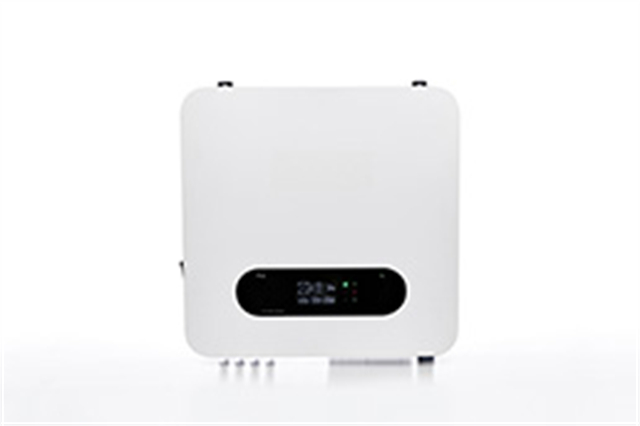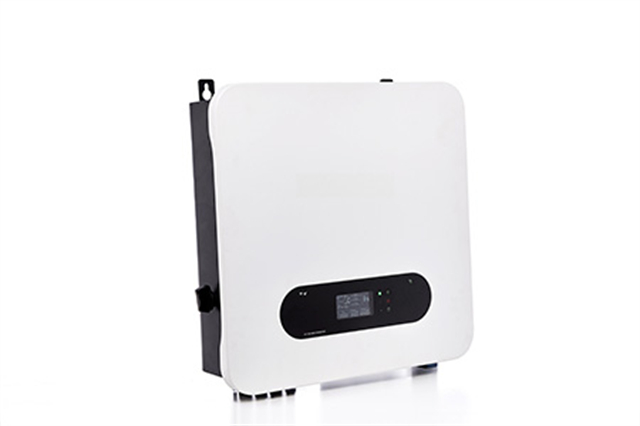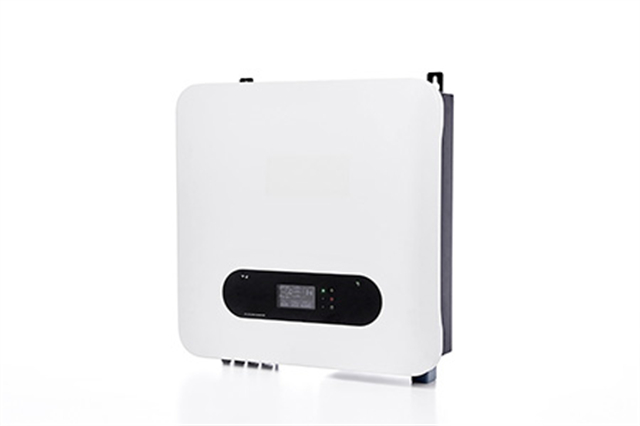Author:BLD Solar Energy SystemFROM:Solar System Converter Manufacturer TIME:2023-10-20
Setting up an on-grid hybrid solar system is an excellent way to harness renewable energy and reduce your dependence on the traditional grid. In this article, we will guide you through the installation process, providing step-by-step instructions to ensure a successful setup. Whether you are a homeowner or a business owner, this guide will help you make the most of your on-grid hybrid solar system.

Before installing your on-grid hybrid solar system, it is essential to assess your energy needs. Evaluate your current electricity consumption, including peak and off-peak periods. This analysis will help determine the number of solar panels and battery storage capacity required for optimal performance.

Choose high-quality solar panels and batteries from reputable manufacturers. Consider factors such as efficiency, durability, and warranty when making your selection. It is also important to ensure that the solar panels and batteries are compatible with each other and your specific system requirements.

Perform a site analysis to identify the best location for your solar panels. Factors such as sunlight exposure, shading, and roof orientation should be considered. Additionally, design the layout of your system, including the placement of solar panels, batteries, and inverters, to optimize energy production and efficiency.
Check with your local authorities and utility company to obtain the necessary permits and approvals for installing your on-grid hybrid solar system. Compliance with building codes, safety regulations, and grid connection standards is essential to ensure a seamless and hassle-free installation process.
Begin by installing the mounting system, ensuring it is securely fixed to your roof or ground surface. Once in place, install the solar panels on the mounting system, connecting them according to the manufacturer's instructions. Take care to follow all safety protocols, such as using appropriate protective gear and working with a licensed electrician.
Install the batteries and inverters in a suitable location, following the manufacturer's guidelines. Ensure proper ventilation and cooling to maintain optimal performance. Connect the batteries to the solar panels and inverters, making sure to adhere to the electrical wiring and configurations specified by the manufacturer.
Connect your on-grid hybrid solar system to the utility grid, adhering to the required safety protocols and regulations. Carry out thorough testing to ensure that all components are functioning correctly, including the solar panels, batteries, inverters, and grid connection. Proper monitoring and testing will help identify and address any issues promptly.
Maintain regular maintenance of your on-grid hybrid solar system, including cleaning the solar panels, inspecting the batteries, and checking for any signs of wear or damage. Monitor the performance of your system using real-time data monitoring tools to maximize efficiency and troubleshoot any potential issues.
Installing an on-grid hybrid solar system requires careful planning, assessment, and execution. By following the steps outlined in this guide, you can set up a reliable and efficient system that harnesses the power of the sun while remaining connected to the grid. Embrace renewable energy and take control of your electricity consumption with an on-grid hybrid solar system.
